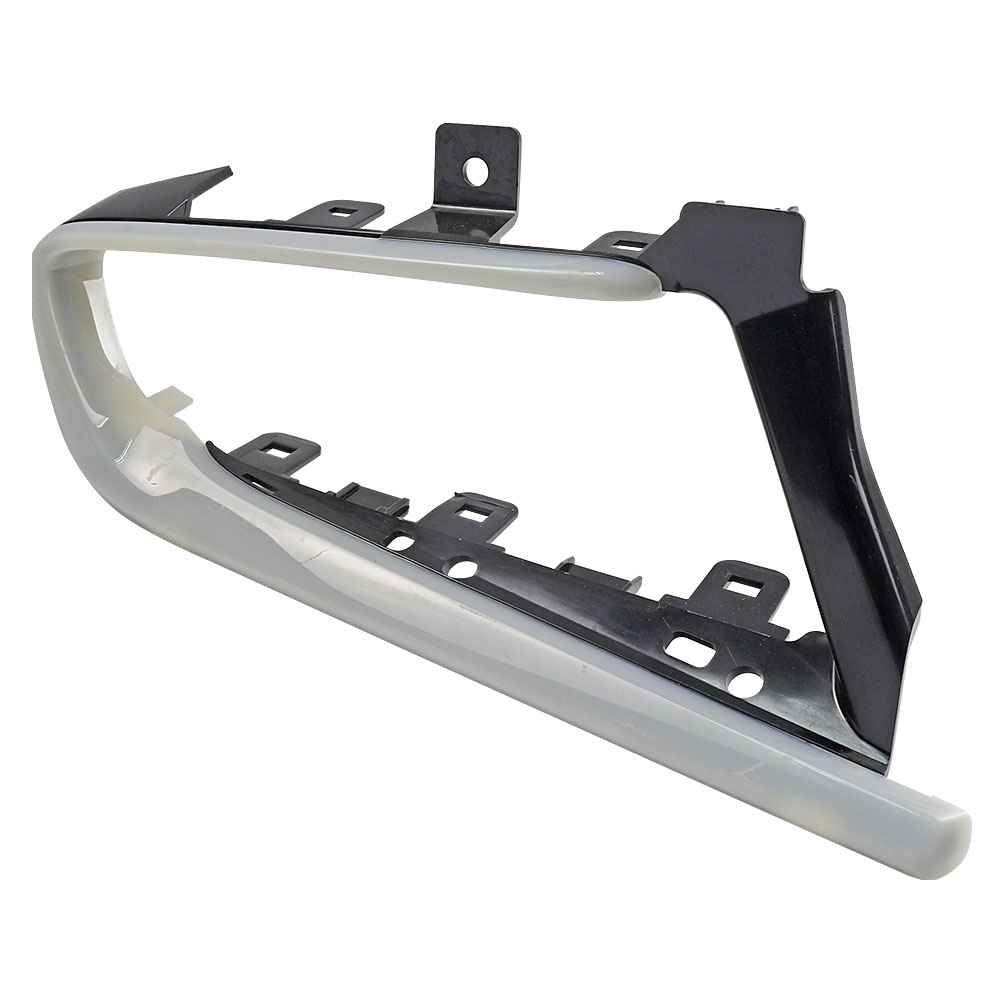Resources
3 Key points for Overmolding
This design tip explores three important points of overmolding:
- Bonding
- Materials
- Principles
What is Rapid Overmolding?
This process uses a mechanical or chemical bond (and oftentimes both) to permanently marry two parts together. This sidesteps assembly hassles, simplifies product design, and can improve the characteristics of many injection-molded parts.
In Ideal Group , it works by placing a previously molded part—the substrate—back into the press and injecting a second plastic or liquid silicone rubber (LSR) over, into, and around the original part. The two-shot process requires a pair of molds—one for the substrate, and one for the complete, overmolded product. It also needs a human to tend the machine, loading substrate parts and unloading completed products, a process known as “pick-and-place” overmolding.
What’s next? Before embarking on any overmolding design project, several design considerations should be explored first:
- Bonding. A strong bond between the two materials is critical to overmolding.
- Materials. Substrate and overmold materials should be physically, chemically, and thermally compatible.
- Principles. The principles of moldability apply equally to overmolding, with a few additional considerations to keep in mind.
| SUBSTRATE MATERIAL | ||||||
|---|---|---|---|---|---|---|
| OVERMOLD MATERIAL | ABS LUSTRAN | ABS/PC CYCOLO C2950-111 |
PC LEXAN 940-701 |
PBT VALOX 357-1001 |
PP PROFAX 6323 |
NYLON 66 ZYTEL 103 HSL NC010 |
|
TPU - Texin 983-000000 |
C | C | C | C | M | M |
|
TPV - Santoprene 101-87 |
M | M | M | M | C | M |
|
TPE - Santoprene 101-64 |
M | M | M | M | C | M |
|
LSR - Elastosil 3003/30 A/B |
- | - | M | M | - | M |
| TPC - Hytrel 3078 | C | C | C | C | M | M |
|
TPE-Versaflex OM 1060X-1 |
C | C | C | M | M | M |
|
TPE-Versaflex OM 6240-1/td> |
M | M | M | M | M | C |
|
TPE-Versaflex OM 6258-1 |
M | M | M | M | M | C |
|
TPE-Versaflex OM 1040X-1 |
C | C | C | M | M | M |
M = mechanical bond (recommended)
C = chemical bond
There are many reasons to overmold. One of the most common is to improve a product’s grip while retaining its physical strength—the handle on a power tool, for example, or a non-slip grip for a surgical instrument. In this case, TPU over ABS is an excellent choice. Aesthetics and product branding are also readily achieved with overmolding—a sports franchise might use the team colors in two-piece overmolded mouth guards for its players, while a well-known tractor manufacturer could dress up its riding lawnmowers with green and yellow overmolded cowlings.
Following the Principles
- Proper draft angles, uniform wall thickness, and smooth transition lines must be maintained in both parts.
- The thickness of the overmold material should be less than or equal to that of the substrate below it.
- The melting temperature of the overmolding material should be less than that of the substrate (as in our LSR example).
- If chemical bonding isn’t practical, don’t despair. Mechanical interlocks are a great way to “hold it all together,” and should be used wherever possible.
- Texturing of the substrate workpiece may help with adhesion. Texturing of the overmolded part may provide a better grip and more attractive surface.
- The surface of the overmolded part should be even with or slightly below any adjacent substrate surfaces.

- What is easy to ignore when maintaining and overhauling injection molds?
- What are the 6 systems of plastic molds?
- What are the methods of strengthening the surface of injection molds?
- What are the methods of insulation for injection molds?
- How to solve the problem of injection mold release difficulty?
- How can we increase the brightness of ABS injection molded parts?
- What are the common problems of mold maintenance and how to solve them?(1)
- What are the common problems of mold maintenance and how to solve them?(2)
- What is the process of making plastic molds?
- How to prevent burrs on injection molded products?














